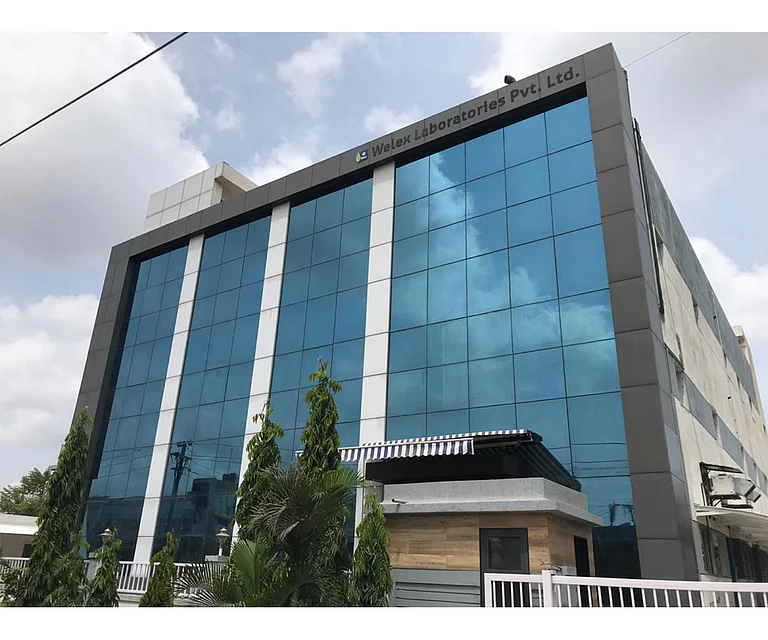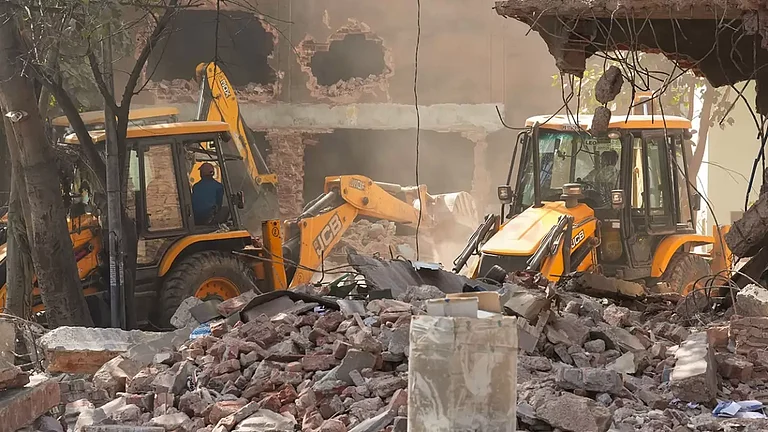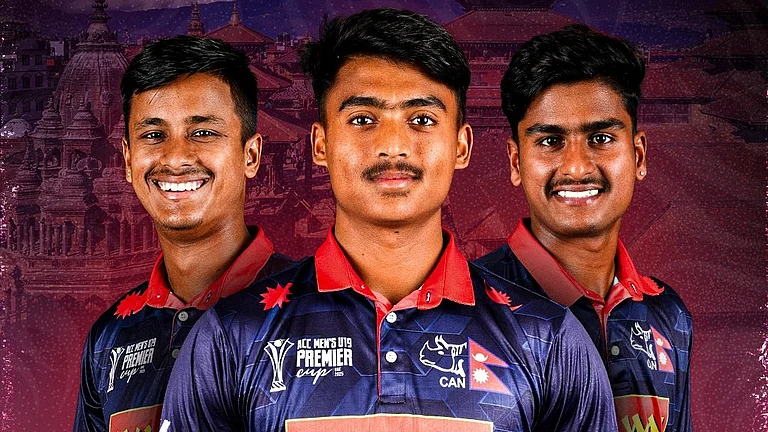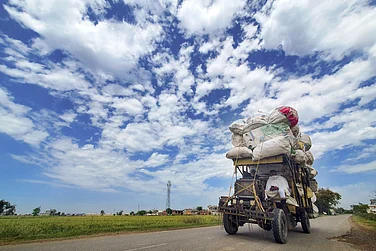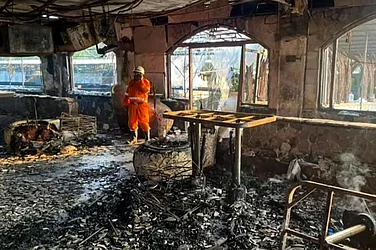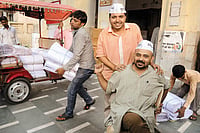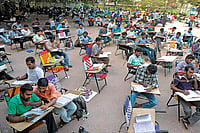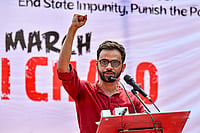Neeraj Kaushik bristles at any suggestion that his cousin, then a major in the Indian army, played a prominent role in the 1987 mass murder of young Muslim men in Hashimpura. Neeraj, in his forties, is an active BJP worker and claims to be the vice-president of the ‘Modi Sena’ in Uttar Pradesh. Questions about his precise role in the BJP are met with dodgy bluster. He is rankled at the allegation that his cousin, Major Satish Chandra Kaushik, posted in Meerut during the 1987 massacre, mobilised an army unit to round up young Muslim men. He denies that the major did so in a fit of rage after his brother, Prabhat Kaushik, was killed by a stray bullet during ongoing riots. The hostages were driven 35 km away to Ghaziabad by the infamous Provincial Armed Constabulary (PAC) of the Uttar Pradesh government and shot.
But half a dozen survived. Resisting tremendous pressure, Vibhuti Narayan Rai, then police chief of Ghaziabad district, ensured that an FIR was lodged. The case dragged on for 28 years. On March 21, a sessions court in Delhi acquitted all 16 PAC jawans accused of gunning down the rounded-up men.
Maj Kaushik, who was from the Corps of Engineers, retired from the army as a lieutenant colonel. He now works for a private firm in Noida. The Modi Sena leader (the major’s cousin in Meerut) refuses to part with the retired officer’s phone number but agrees to call him and find out if he would be willing to meet the Outlook team. After chatting for a few minutes, we are told the retired officer does not want to speak.
Neeraj says an army inquiry in 1988 had absolved the major of any misdemeanour. The major was not involved in any operation on May 22, 1987, Neeraj insists. “He was on leave after his brother’s death and had nothing to with the searches on that day,” Neeraj says. However, eyewitness accounts clearly identified him by name, and a confidential CB-CID report, available with Outlook, describes in detail how he and another officer, Major Pathania, conducted the searches.
The CID wanted to interrogate the major and other army personnel named by eyewitnesses. But according to the reports UP police submitted to the HQ and the PMO, the army did not cooperate with the investigation and neither Maj Kaushik nor Maj Pathania, both named by the CID, appeared in court. The revelations in Outlook caused an outrage, with the UP Minorities Commission urging the state government to reinvestigate the case. Lt Gen (retd) H.S. Panag tweeted that he would write to the army chief and request for an inquiry.

The aunt Shakuntala Kaushik, ex-BJP MP. (Photograph by Tribhuvan Tiwari)
Neeraj lives with his 83-year-old mother, Shakuntala Kaushik, a former firebrand BJP MP of Uttar Pradesh, in Shastri Nagar, about four kilometres from their old house in Hashimpura. It was on the terrace of the old house that her nephew, Prabhat Kaushik, was shot dead the day before the infamous massacre. That house now hosts the Shakuntala Junior High School.
On Hapur Road, 75 km away from the capital, a bright yellow board set in a corner says ‘Vidya Mandir Inter College’. Inside, there’s a dusty white SUV with ‘Modi Sena’ painted on. The Kaushik family, the owners, live on the first floor. Shakuntala Kaushik comes out, but Neeraj and his sister say she doesn’t remember anything.
Inside the house, much of the large living room is occupied by crimson and beige high-backed couches. On one wall are photographs of Shakuntala with several BJP leaders, including L.K. Advani and Atal Behari Vajpayee. “My cousin was killed by a single bullet fired from about 60 metres, three houses away. Two men were standing on the terrace of that house and shot my brother the minute he stepped on the terrace,” recalls Neeraj. “From May 19 to May 21, 1987, Muslim men deliberately picked on three influential Hindu families in our area and killed young men from these houses. They were inviting a riot.”
Flush with anger, he continues, “Certainly not all the 42 Muslim men from Hashimpura who were killed were involved in the rioting. But, everyone is only talking about how justice has not been done to them. But what about my brother and the other Hindu men who were killed at that time?”
Prabhat Kaushik was cremated within hours of his death and the family refused to allow the mandatory post-mortem, citing delays that could occur in procuring the report, in view of the curfew and the riots. Asked about the outcome of the FIR filed at the Civil Lines police station, after Prabhat’s death on the night of May 21, 1987, and why, despite political clout, they did not pursue the case, Neeraj says, “Nothing happened about the case. No one investigated why these Hindu men were killed.”
By Pavithra S. Rangan in Meerut








